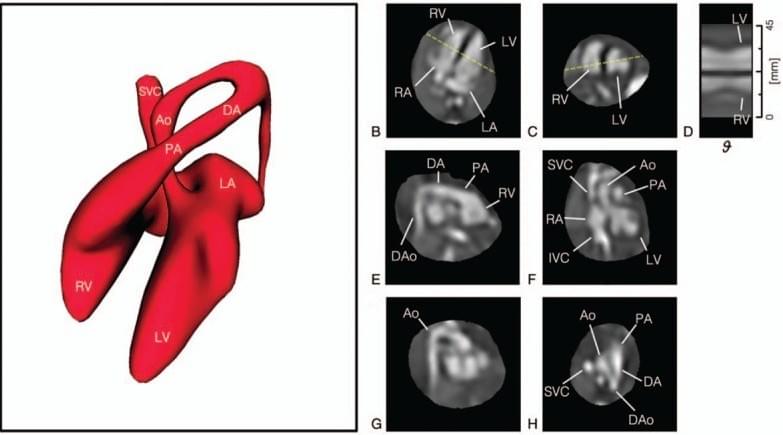Motion Compensation Strategies
for Cardiac MRI
Motion Compensation Strategies
for Cardiac MRI
Dr. Christopher Roy
Department of Radiology
Lausanne University Hospital (CHUV)
& sitem-insel
Wednesday, 04 September 2024, 16:00
Cardiovascular Magnetic Resonance Imaging plays an increasingly important role in assessing the heart in fetal and pediatric patients, providing a comprehensive 3D assessment of anatomy, function, and blood flow. In general, MRI requires careful compensation of both cardiac and respiratory motion in order to ensure high quality images that are not degraded by artifact. However, in fetal and pediatric imaging the likelihood of bulk patient movement provides an additional confounding factor that may either preclude scanning altogether or require sedation. My research focuses on the development of high resolution dynamic cardiac imaging in the presence of motion we wish to avoid and motion we wish to quantify. With these methods we aim to improve the ease-of-use of Cardiovascular MRI and work towards decreasing the need for sedation in pediatric patients while also exploring new avenues for imaging the fetus.
The lecture will be held as in-person meeting at sitem-insel (Room O2.211), Freiburgstr. 3, Bern (followed by an Apéro to continue discussions) and in addition broadcast via Zoom@
and do spread the word to anybody potentially interested (for further info: bernd.jung@insel.ch).

